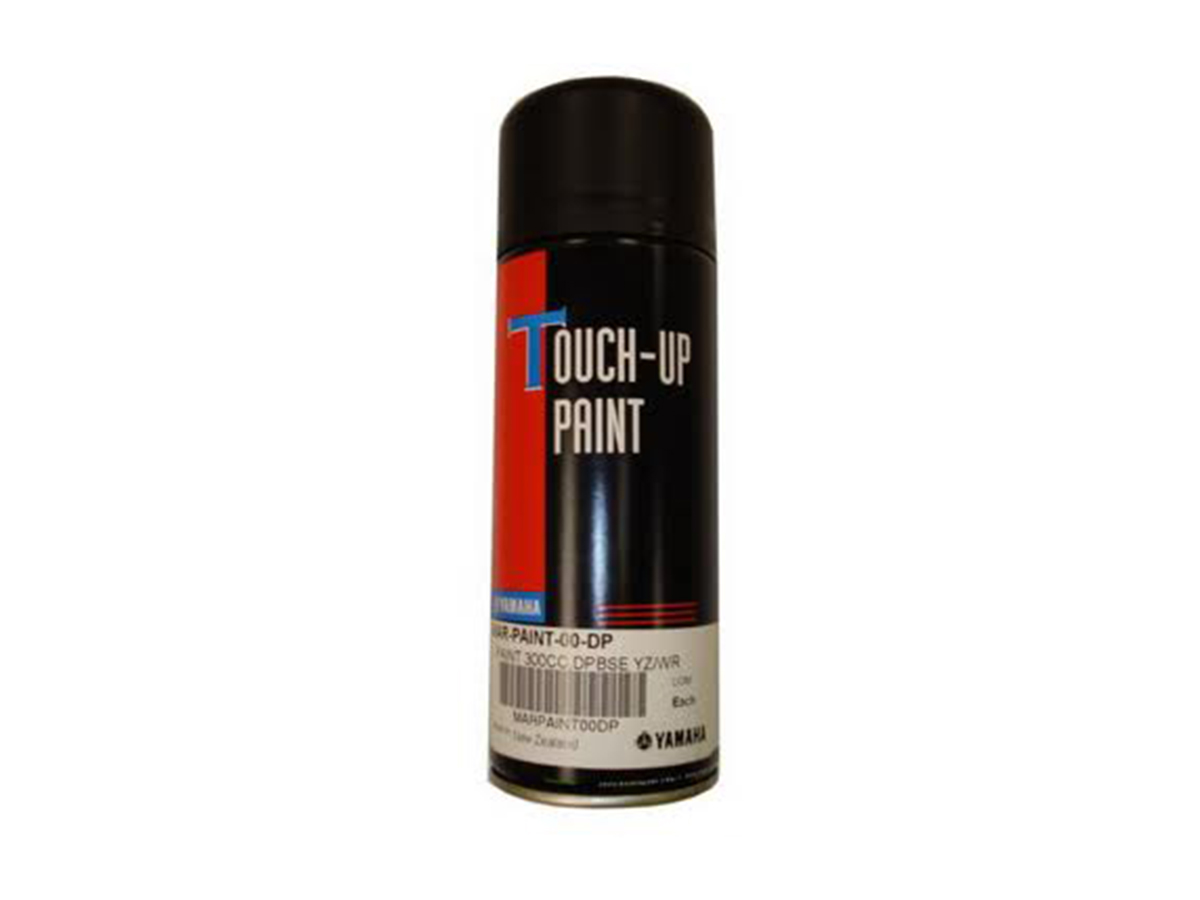

At 12 months, the two types are about even in this regard and you still get great protection from some low-priced paints. Our recent tests show that if you want Excellent-rated protection for six months, you have more ablatives to choose from, but at 18 months, more hard paints offer Good protection. Ultimately, paints of either type can offer outstanding protection, but we’ve also noted an interesting pattern. The choice is fundamental, as the two paints are not always compatible.

Ablative paints wear away over time, so you don’t get the layer-cake build-up over time that you get with a hard paint. Hard paints tend to have a smoother finish that better resists repeated scrubbing and burnishing, although there are some “hard” ablatives that scrub well. Next month, we’ll look at the results of our freshwater test after six months in Lake Erie.īefore diving into the data, you probably want to answer the age old question: “Should I use an ablative or a hard paint?”
#Mar pro paint update
First, we present an update on our Group B panels after six months’ immersion next, on the facing page, you’ll find a report on our head-to-head tests and finally, on pages 12 and 13, there’s a look at the best and worst paints from Group A after 18 months. This month, we have three reports to help make sure your money is well spent. If you haven’t bought your bottom paint yet, there still may be time to order some old stock at last year’s prices, but as of early January, when we checked prices for this article, we noticed 10- to 15- percent increases over early 2006 prices.


 0 kommentar(er)
0 kommentar(er)
